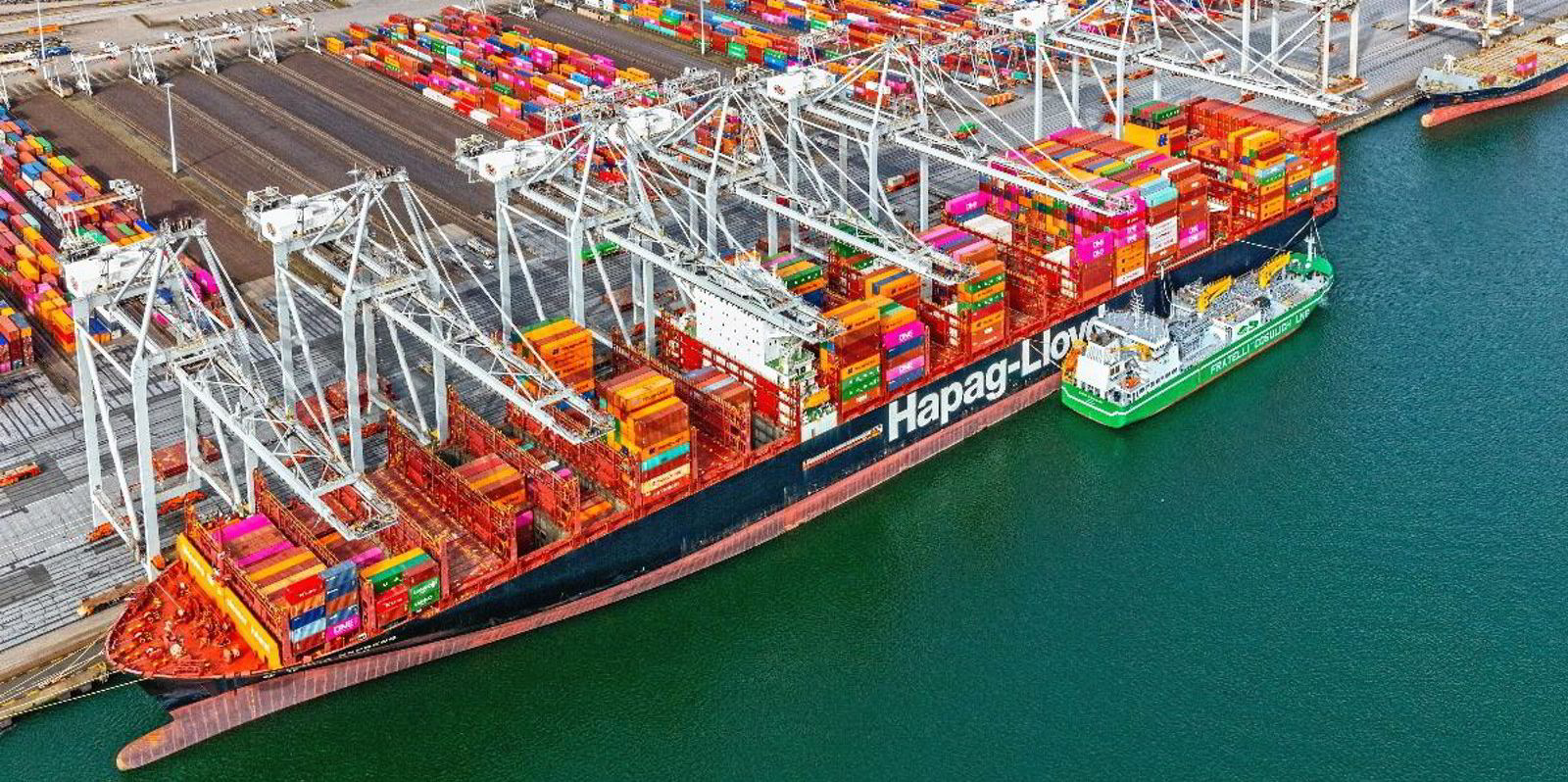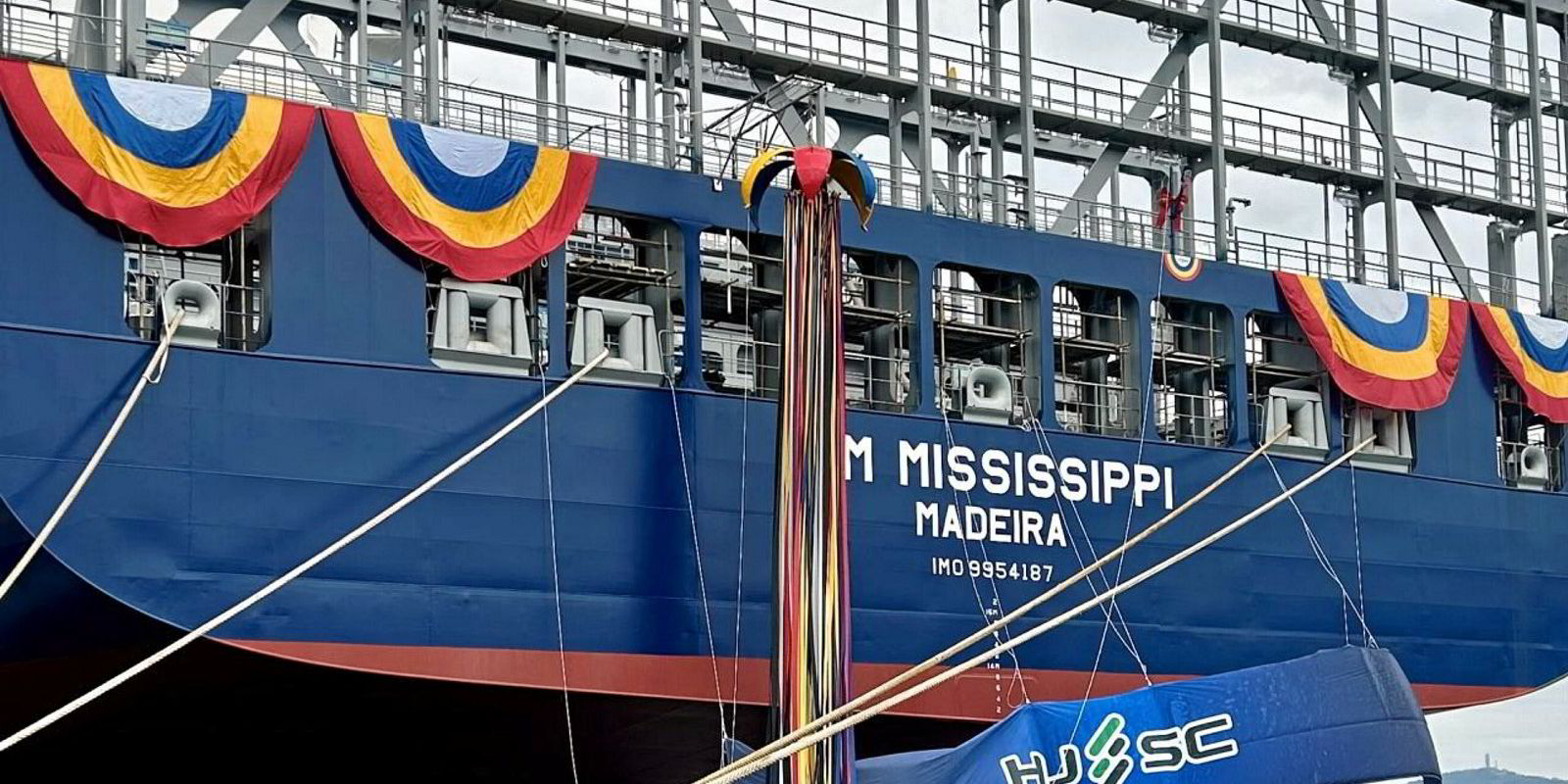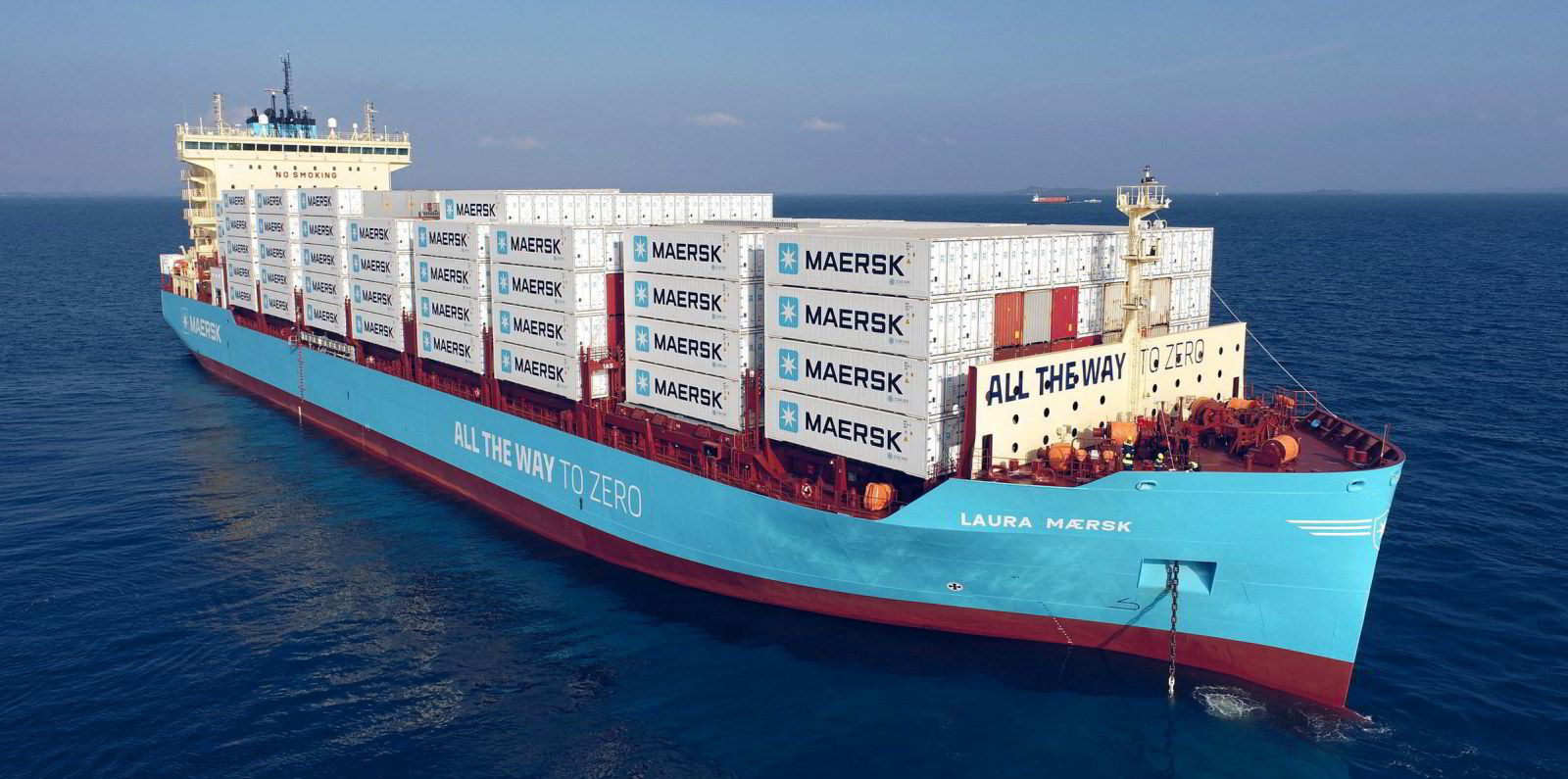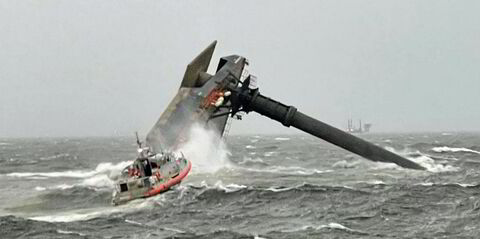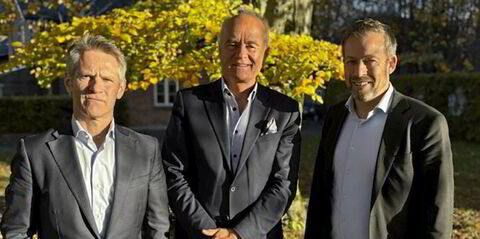Germany’s Hapag-Lloyd needs to grow faster than the market to cement its position among the world’s top five container shipping carriers, says chief executive Rolf Habben Jansen.
That will require a “pure-play plus” strategy of investing to strengthen its core liner business, while expanding its terminal portfolio and growing its inland transport sector.
“That also means that we need to slightly outgrow the market, as we see that others that are close to us intend to grow a fair bit,” Habben Jansen said today at the company’s Capital Markets Day presentation.
Strategy 2030, a road map for the company over the next six years, could see the Hapag-Lloyd invest in newbuildings for dual-fuel propulsion, he said.
The company will also likely be sounding out the market for mergers and acquisitions possibilities and would expand through the charters market until the future of various propulsion systems became clearer, Habben Jansen noted.
Such a strategy also requires the carrier to reinforce its presence in key markets, including Africa, India, South East Asia and the Pacific.
While other liner operators are growing their fleets faster than Hapag-Lloyd, the German carrier did not intend to go on a huge buying spree to massively grow its fleet of newbuildings, he said.
“We believe that it is possible to grow above market on a global basis by making sure that we are serving new growth markets, while we on the other hand try to protect our position in well-established markets,” Habben Jansen said.
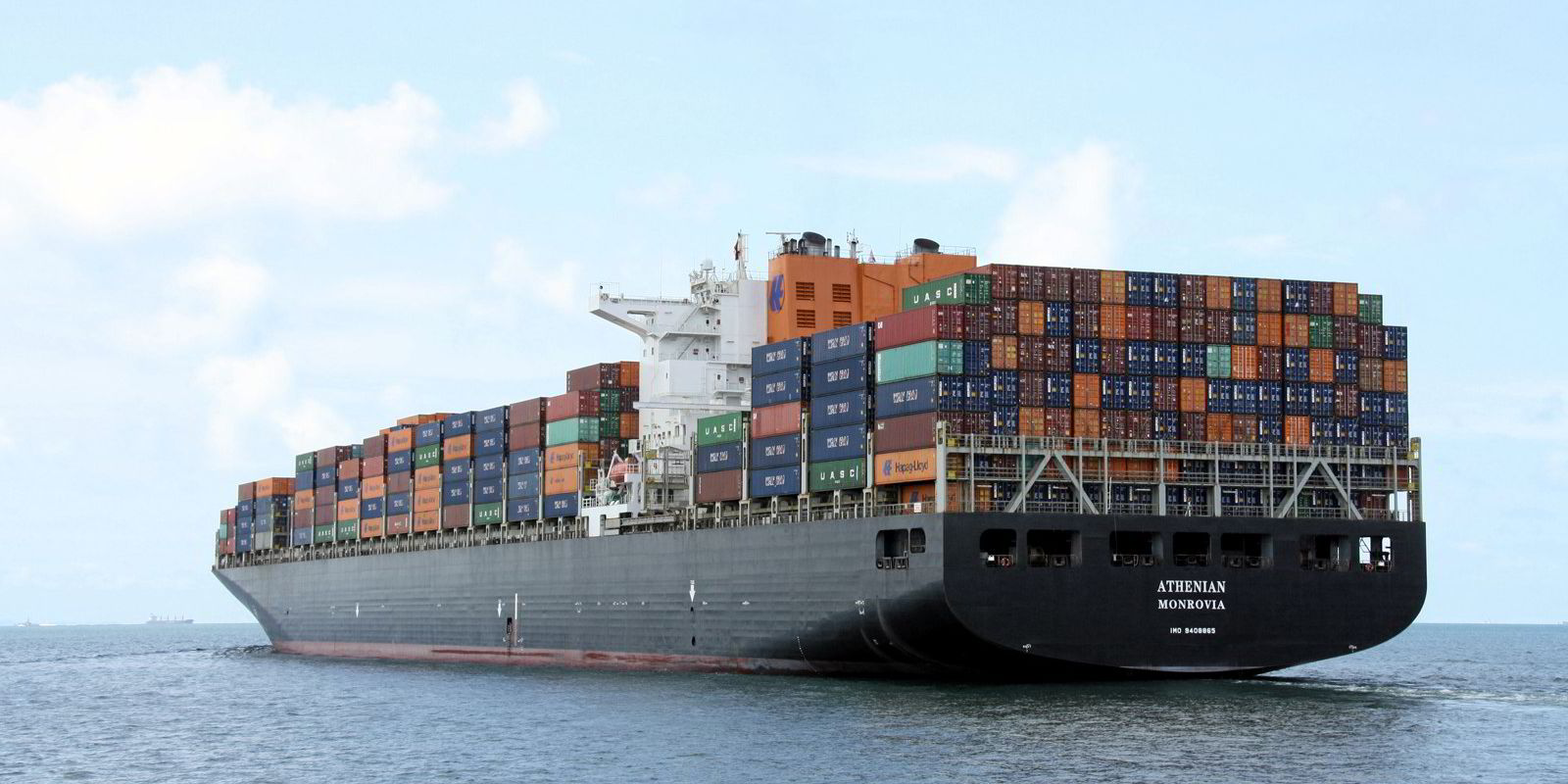
The company would “over proportionally” grow the amount of business coming from beneficial cargo owners by providing a better quality service and on-time delivery.
Slack in the system
Additional container shipping capacity would be needed because ships would most likely have to sail slower during the energy transition, he said.
“Growth will need to be backed up by a higher standing capacity than we have today to ensure that we retain a competitive position, even if we have to sail in many cases a bit slower,” he said.
In terms of the carrier’s commercial strategy, that meant a focus on fast-growing markets, as well as niche areas such as reefer trade or transport of dangerous goods.
“In our Strategy 2023 we focused a lot on India and Africa as growth markets they will definitely remain on our target also in the next five to seven years,” Habben Jansen said.
“But in addition to that, we may look also at a couple of other markets like South East Asia and intra-Europe where we are definitely somewhat underrepresented.”
The carrier plans to win additional market share by providing an on-time delivery rate of more than 80%.
He noted that the Gemini Cooperation with AP Moller-Maersk set to take effect next year is seen as an important step towards this goal.
Other goals include reducing absolute greenhouse gas emissions by around one-third by 2030 and achieving net-zero fleet operations by 2045.
That target will be achieved through fleet modernisation, new propulsion technologies and the use of alternative fuels.
Hapag-Lloyd will also seek to deploy IT solutions to increase productivity and cost optimisation.
Strategy 2030 — which follows on from the previous five-year plan known as Strategy 2023 — is necessary because the container shipping market has changed, he said.

